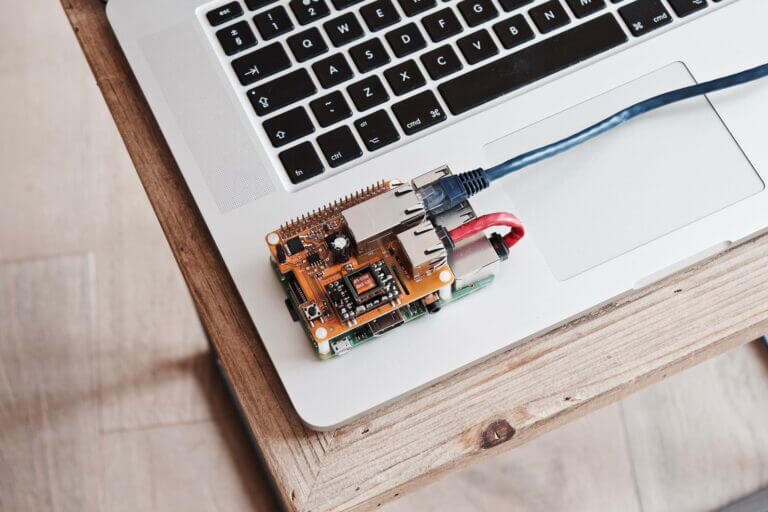raspberry pie (Raspberry Pi) is a single-board computer based on the Linux operating system and utilizes an ARM architecture processor. It is primarily designed for educational purposes. The Raspberry Pi offers the advantages of being affordable, compact, and portable. Students can learn various aspects of computer science through the Raspberry Pi, fostering their interest and abilities in computer programming.
One distinctive feature of the Raspberry Pi is GPIO set of GPIO (General Purpose Input/Output) pins, which allow for connecting and controlling other devices.Basic functionalities offers a wide range of accessories, providing users with greater freedom for creative projects. It also supports various programming software such as Python, Java, Scratch, and different Linux distributions.
The Raspberry Pi can be used as a hub in Internet of Things (IoT) systems, for example, by reading signals from switches and sensors and controlling lights, motors, and other hardware devices.It finds applications in various STEM education fields, including programming, electronics, and robotics. From controlling quadcopters and drones to serving as the processor for robots and arcade game machines, the Raspberry Pi can be developed and applied in diverse projects.
Due to the broad demand for the Raspberry Pi, it offers different series and models, such as the Raspberry Pi 4B, to cater to various application scenarios.




